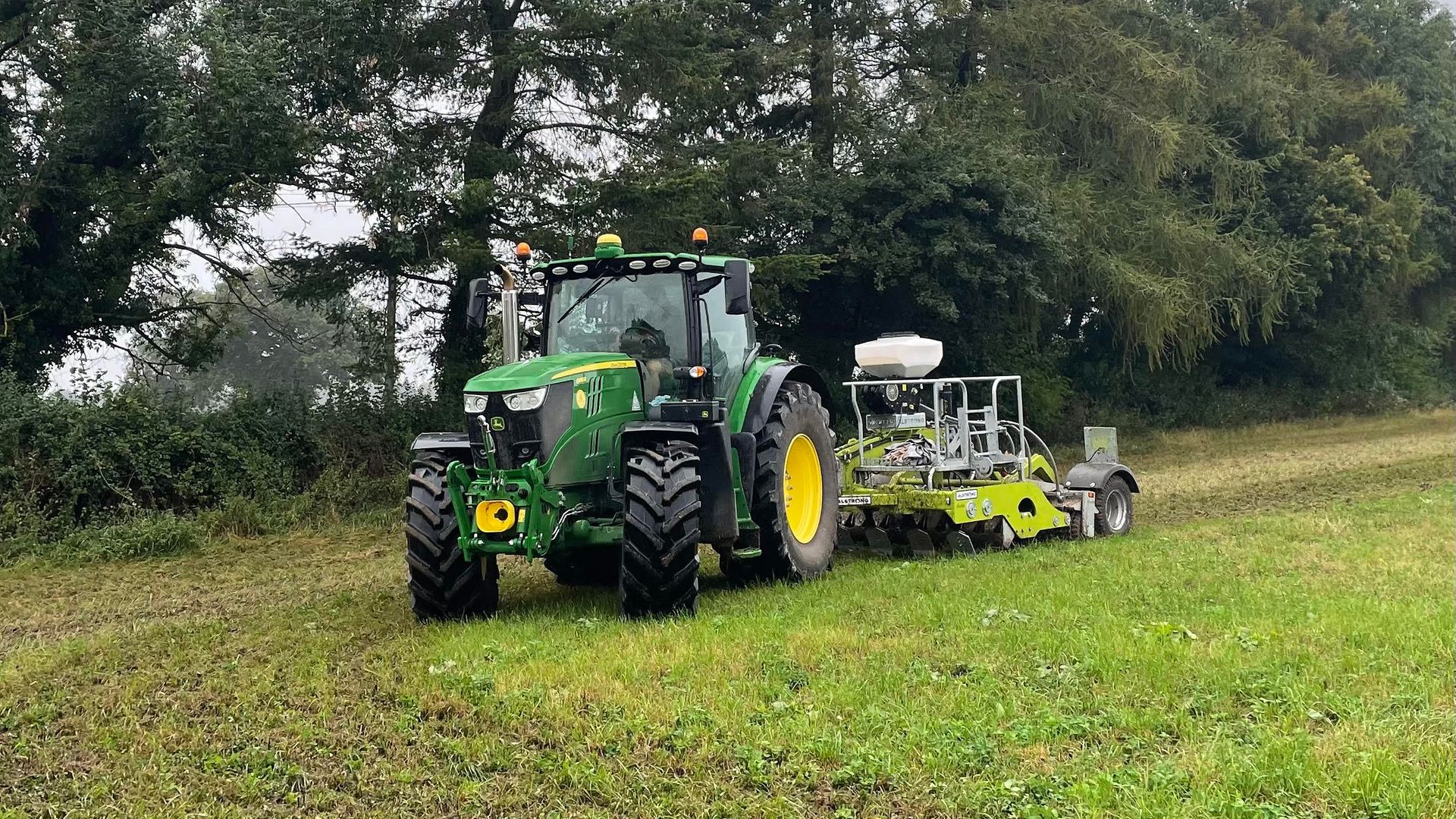New Environmental Land Management Schemes (ELMS) are set to bring cover cropping to large swathes of the British countryside, says Bright Seeds technical advisor Ben Dolbear
 credit: Archant
credit: Archant
The term ‘cover cropping’ describes an array of crops and is historically associated with soil regeneration and game cover. Upcoming environmental legislation means that many of the crop mixes grown by gamekeepers now have a greater relevance for the farmer: consequently, such crops are set for greater prominence across the British countryside.
Established in late summer and early autumn within a cereal rotation or between seasonal vegetable production, cover crops (sometimes referred to as catch crops because of their uptake of nitrogen) aim to enhance the biology and fertility of soil by soaking up leftover nutrients from a previous crop or adding organic matter to make it more friable and easier to cultivate.
Cover cropping is closely linked to the five principles of regenerative farming:
- Don’t disturb the soil – either physically or chemically
- Keep the soil surface covered
- Keep living roots in the soil
- Grow a diverse range of crops
- Integrate grazing livestock into your system
New environmental land management schemes (ELMS) have these principles at their core, and cover cropping is set to shift from its fairly small presence on shoots to large areas of farmland.
Normally planted between August and October, a winter cover crop generally follows winter wheat, winter barley or spring barley. Once established, the cover crop can be terminated, grazed or simply left and incorporated into the soil the following spring: all are viable options. Another benefit of cover crops is keeping live roots in the ground all year round, which improves soil structure and fertility: and their presence in the wetter months means the fields aren’t bare, resulting in less leaching of both nitrogen and phosphate.
The impact of ELMS has highlighted the inescapable link between land regeneration for the farmer and stewardship for the gamekeeper. What was considered by many to be a specialist area of crop production is set to become mainstream.
Many stewardship mixes currently grown on shoots already comfortably fulfil the objectives of ELMS – and the game sector is well versed in this area, given it planted conservation margins and winter bird food mixes even before funding was introduced. For instance, AB9 (a winter bird feed) easily straddles the objectives of the farmer and the gamekeeper; as can mid-tier options such as Autumn Bumble Bird (an autumn-planted mix that works well as brood-rearing cover).
 credit: Archant
credit: Archant
All seed mixes aren’t created equal
The larger market now created for these mixes bodes well, but be aware that some may see an opportunity to supply mixes to meet the increased demand without possessing the expertise to prescribe the best solution. Meeting the requirements on paper is only part of the equation, as the individual circumstances of a customer often require a nuanced approach.
The AB9 option in particular encompasses a huge range of possibilities. Depending on the objective, a higher-spec mix is often worth the extra outlay. For example, compared to other ingredients, kale is expensive, with prices creeping up towards £20 per kg. But while an absence of kale will reduce the price, kale offers unrivalled winter-hardiness, and a good stand of kale can be left for two years which will lead to a far greater economic saving. Also, second-year kale is a massive seed producer.
Cereals, on the other hand, are cheaper, so bulking out a mix with species such as triticale or wheat will reduce the overall price but will almost certainly reduce the effectiveness of the mix. Likewise, if brassicas feature in a vegetable rotation, or oil seed rape in an arable rotation, it would be wise to avoid them in a cover cropping mix due to the increased risk of club root.
Two 50kg per hectare mixes may contain the same ingredients, but it’s always worth checking the inclusion rates of each component. Bright Seeds supply mixes that have been built up through years of trials and research. Plus, we are able to work with farmers and gamekeepers to tailor mixtures for the desired end result.
Thought and planning should also go into the machinery that is going to be used, and the practicalities of when you can establish your crop.
For soil-enhancement crops, legumes have their place within a cover crop mix, with species like berseem clover, alsike clover and vetch used regularly. They develop their roots with bacteria nodules that have the ability to take nitrogen from the air and convert it into a form that the crop can use. This can then be utilised by crops grown after the legumes – which will have been incorporated into the soil. Again, consideration should be taken if there are already legumes within the rotation.
There are also a number of popular non-legume species used for cover cropping. Although these do not fix nitrogen in the soil, they hold other benefits. Fodder radish/tillage radish is used for its deep-rooting, compaction-busting ability, whilst mustard is very good for bulk growth and is a cheaper option. As with all brassicas, be careful not to sow this soon after, or within, a brassica crop due to the issue of club root. There are also specific fodder radish varieties that aren’t susceptible and don’t harbour club root, which can also be considered.
Another option is to use shallow rooting species that produce fibrous roots, such as linseed, phacelia and buckwheat. These options help aid rooting in more soil zones.
Generally, the farm’s rotation and the desired result will map out where different types of cover crops should be used, though if a farm is on several different types of soil, this may help make the decision. For example, a farm that goes from chalk to heavy clay may want to consider different mixes on the different soil types. It could mean the same mix is used, but at an adjusted seed rate.
Seed rate is also adjusted depending on the time of establishment – the later a crop is sown, the more seed is needed; and the earlier it is sown, the less seed is needed.
Lots of farmers have started to get ready for ELMS. There are cover cropping options under current schemes such as SW6 – winter cover crops that can be very worthwhile. There is also funding from some water boards who are increasingly paying farmers to cover the cost of seed in an attempt to prevent nitrates and phosphates leaching into watercourses.